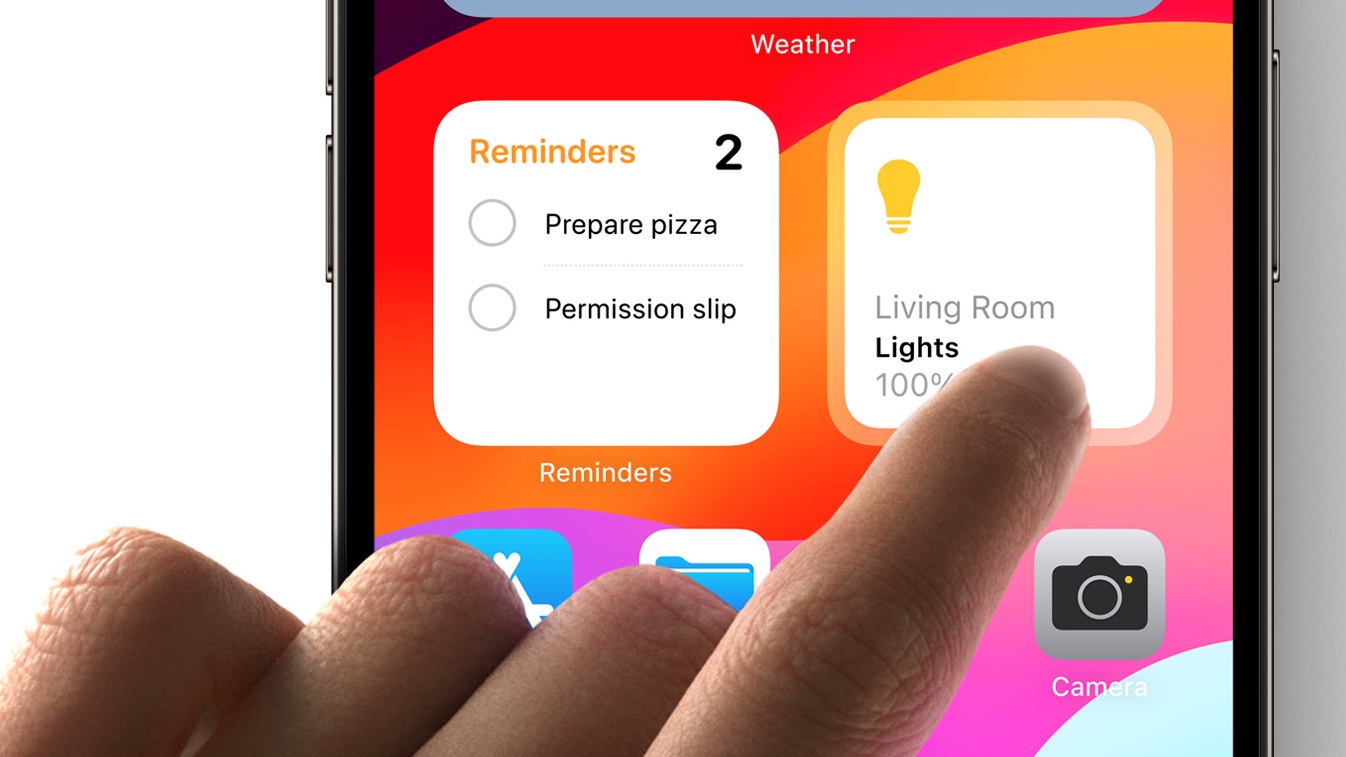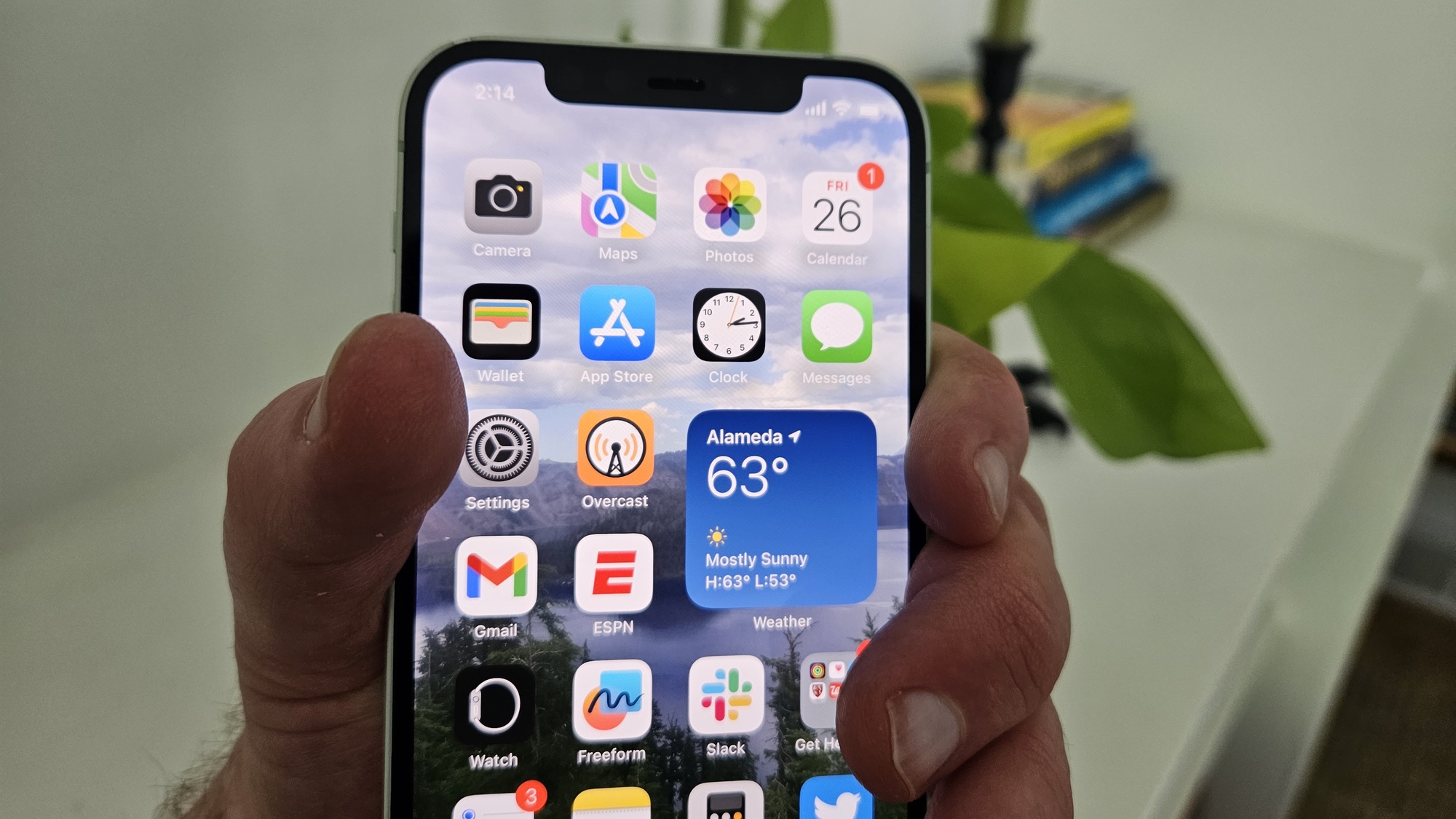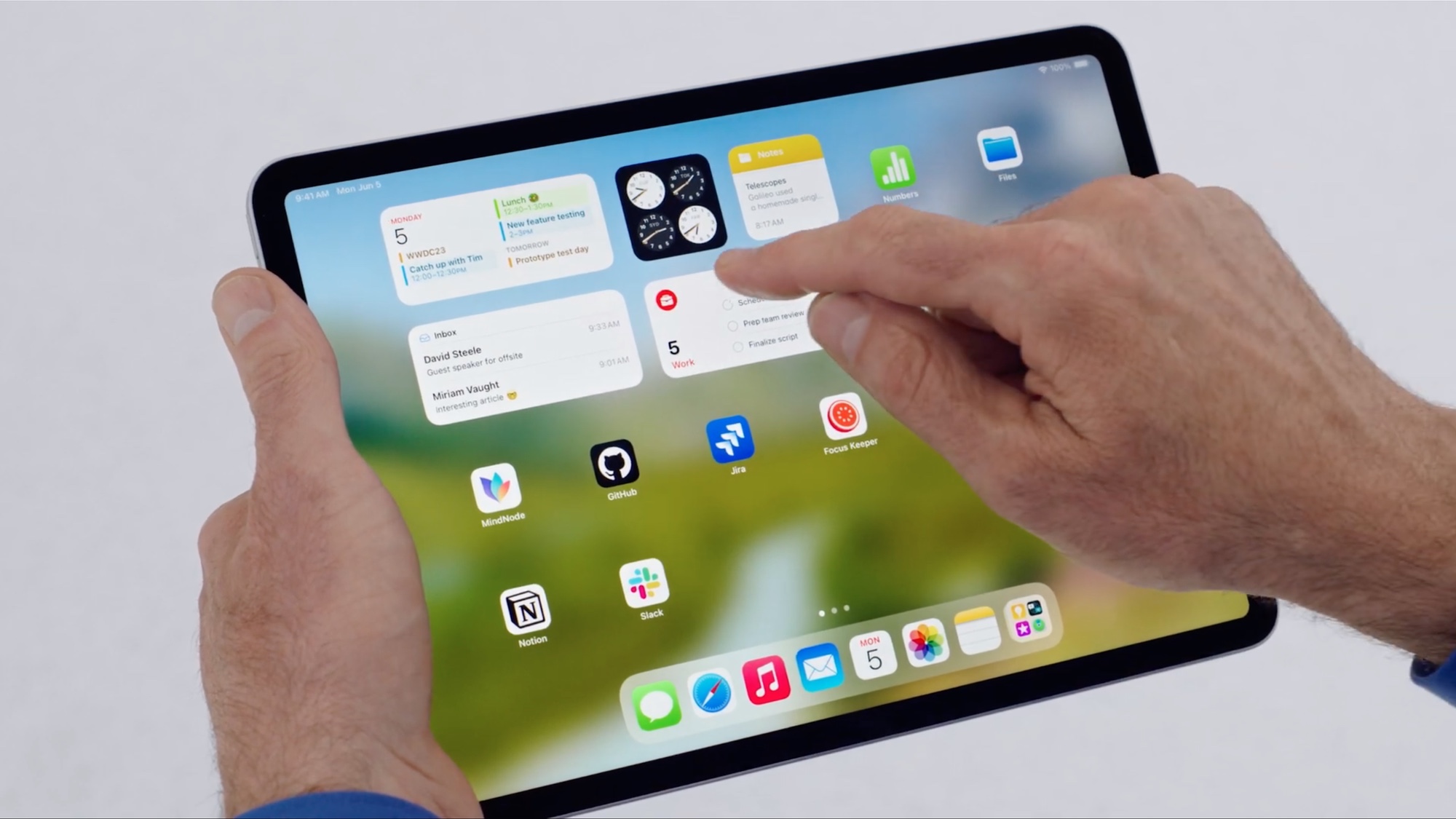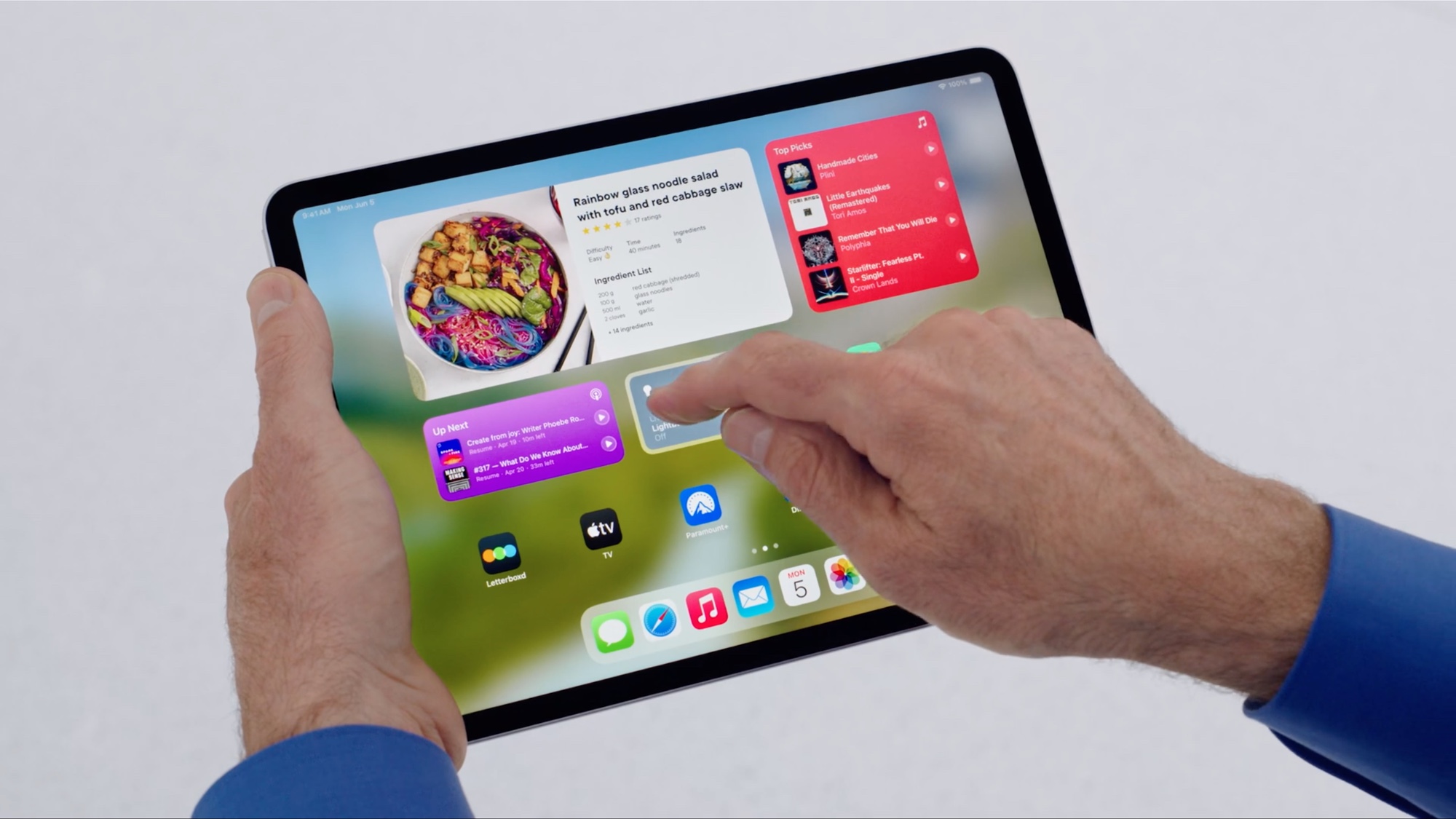
I suffered a momentary flood of panic during Apple's WWDC 2023 keynote this past week when the iOS 17 preview came and went with no mention of the rumored active widgets feature. The panic only compounded when the iPadOS 17 demo followed, and active widgets took a front-and-center role in the new features coming to Apple's tablets.
"What gives?" my brain sputtered. "Don't tell me that Apple's rolling this feature out to the iPad while skipping iPhones entirely." It also didn't help that iPadOS 17's introduction of lock screen widgets looks very slick, taking advantage of the extra screen space on the iPad.
Well, it turns out Apple is not doing that — active widgets will be a part of iOS 17 and iPadOS 17. So, if you're like me and had been eagerly anticipating the addition of active widgets to the iPhone, you and I can trash those angry letters to Cupertino we — well, me — may have been composing in our drafts folder.
You can experience active widgets right now if you download and install the iOS 17 developers beta or you can wait until July when the more stable public beta makes its appearance. But here's what we know about active widgets so far, based on Apple's WWDC demos and what beta testers have uncovered about the feature.
Why active widgets matter
Before we dive into how active widgets are going to work on the iPhone and iPad, let's talk a little bit about what they are and how they should make it a lot easier to use your Apple device.
As you probably know, widgets are little snippets of an app that are designed to present you with quick, easy-to-glance-at information. A weather widget might show you the current temperature, for example, or a mail widget might list unread letters from VIP contacts. On the iPhone, these widgets can appear on the home screen or lock screen, while iPad users can access them on the Home screen or in the Today view. (iPadOS 17 adds the lock screen feature that iPhone users have enjoyed since last year's iOS 16 update arrived.)

Widgets are great if all you need is a specific piece of information — the temperature, an upcoming appointment, a baseball game score. However, if you want to take a particular action, widgets come up short. Tap a widget to interact with it, and you're really just launching an app.
Active widgets change that. They allow you to control things or mark off items directly from the widget without ever leaving your home screen or lock screen to jump into an app. That's a potential time saver, freeing you up to control what you want, without having to first launch an app.
So given all that, here's what we know about active widgets following Apple's demo at WWDC.
Active widgets will work on both iPhones and iPads
Active widgets may have only been part of the iPadOS 17 preview at WWDC, but rest assured, iPhone owners will be able to use the feature in iOS 17 as well. Apple's iOS 17 preview page has a section devoted to active widgets, and people who've installed both the iOS 17 and iPadOS 17 betas report that active widgets are there and ready to test out.
Active widgets will be limited at launch
It doesn't sound like every widget will automatically get an active widget when the software updates for the iPhone and iPad launch this fall. Apple specifically calls out widgets for the Reminders and Home apps — you'll be able to mark a task as completed in former and control smart devices in the latter. You'll also be able to control playback for music and podcasts in those apps' respective widgets.

That would suggest that other apps widgets won't be getting interactivity, at least not right away. For example, I had hoped that a widget I have on my home screen showing the current temperature might gain active status so that I could tap it for an extended forecast. But it sounds as if Apple's initial implementation is limited to tasks you can perform in the widget itself.
Active widgets will work everywhere
Anywhere a widget goes, an active widget will be able to go there, too. So you can expect interactivity with active widgets on the home screen, your device's lock screen, and yes, even the StandBy Mode that Apple is introducing to iPhones with the iOS 17 update.
Active widgets controls will be pretty intuitive

The bright side to Apple limiting active widgets to a few tasks is that the controls will be very straightforward. For Reminders tasks, all you have to do is tap a little circle to mark the to-do as completed. (In a nice touch, Apple's demo during the WWDC keynote shows the completed task fading away out of the widget.) The Podcast widget adds a button for starting and pausing playback on the episodes in your queue.
Active widgets will be available to third parties
Apple's not going to be the only one making active widgets. The WidgetKit now in the hands of developers extends the ability to add interactivity to their own offerings.
We likely won't see the fruits of those labors until the final releases of iOS 17 and iPadOS 17 arrive in the fall, but Apple gave us a very quick sneak preview during the WWDC keynote when executive Craig Federighi showed off some active widgets for the Quizlet and Streaks apps on the iPad.
Active widgets outlook
Widgets have been the highlight of recent iOS updates, from when they were added to the home screen iOS 14 to their arrival on the lock screen in iOS 16. Interactivity adds another dimension to widgets, and from what we've seen in the early previews of iOS 17 and iPadOS 17, active widgets figure to be a welcome addition to the party.







